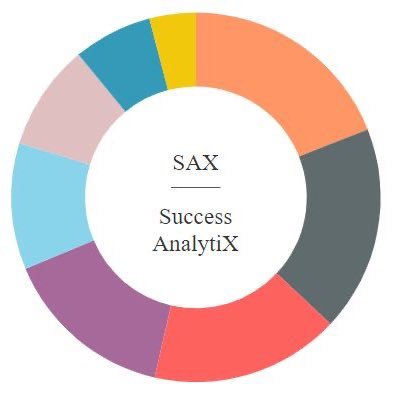Screen scraping is a technique used to extract data from a computer screen, typically a web page. It involves capturing the visual display of information and converting it into a usable format, such as text or structured data.
How Does Screen Scraping Work?
- Capture: The software captures the visual display of the target website or application.
- Image Processing: The captured image is analyzed to identify and extract relevant information.
- Data Extraction: Text recognition techniques (like Optical Character Recognition or OCR) are used to extract text from the image.
- Data Processing: The extracted data is cleaned and formatted into a structured format, such as CSV or JSON.
Common Use Cases
- Data Mining: Extracting large amounts of data from websites for analysis or research.
- Web Scraping: Collecting data from websites to create databases or feeds.
- Price Comparison: Monitoring prices of products across different websites.
- Market Research: Gathering information on market trends and consumer behavior.
- Automation: Automating repetitive tasks, such as form filling or data entry.
Limitations and Ethical Considerations
While screen scraping can be a powerful tool, it has limitations and ethical implications:
- Reliability: Screen scraping can be unreliable, as changes to website layouts or content can break the scraping process.
- Legality: Scraping websites without permission can violate terms of service and copyright laws.
- Ethical Concerns: Overloading servers or scraping personal data can raise ethical issues.
To ensure ethical and legal screen scraping, it's important to:
- Respect website terms of service: Adhere to the website's rules and regulations.
- Avoid overloading servers: Limit the frequency and volume of requests.
- Use ethical scraping tools: Choose tools that respect website privacy and security.
- Consider alternative methods: If possible, use APIs or web services provided by the website.


No comments:
Post a Comment